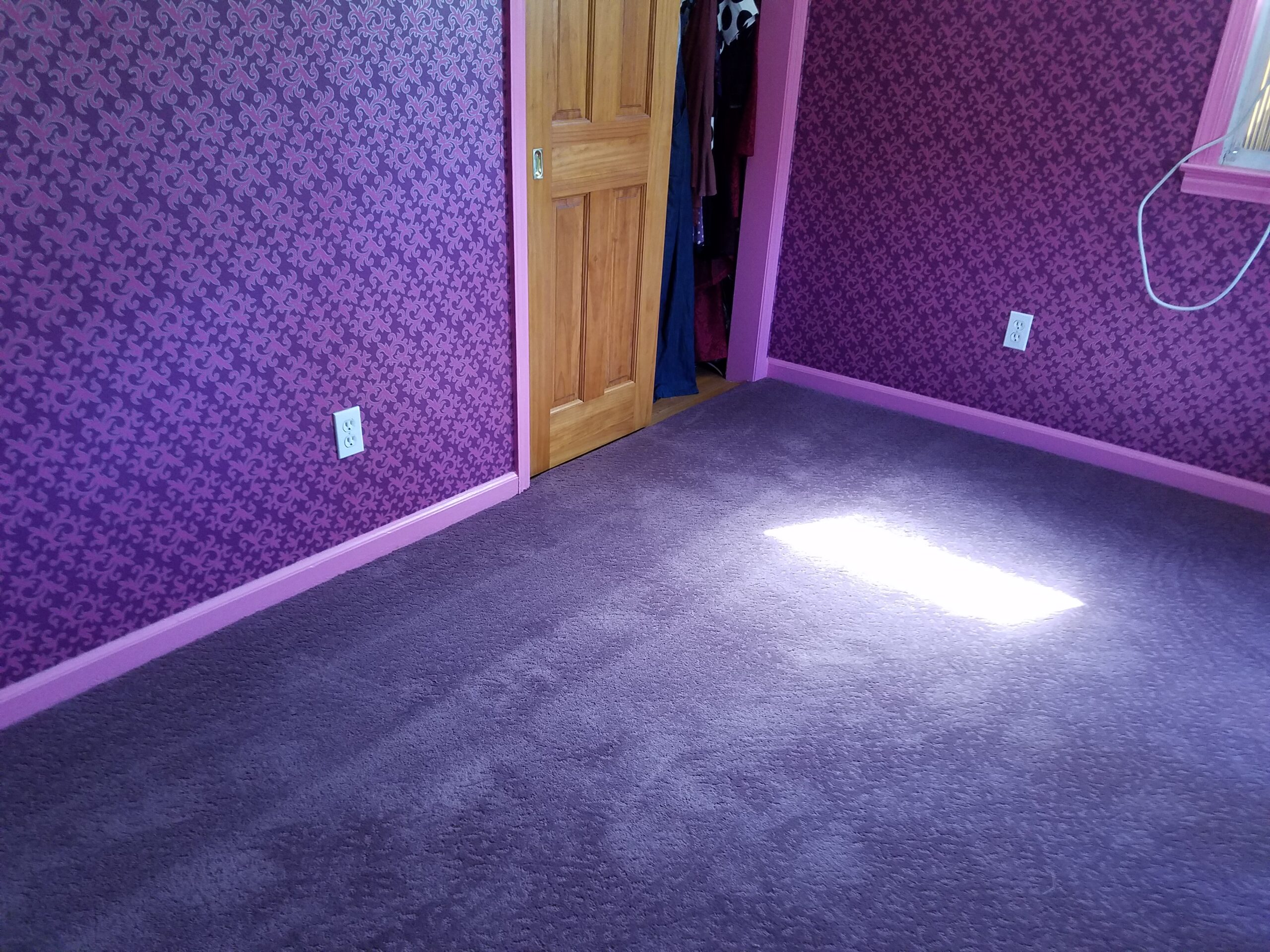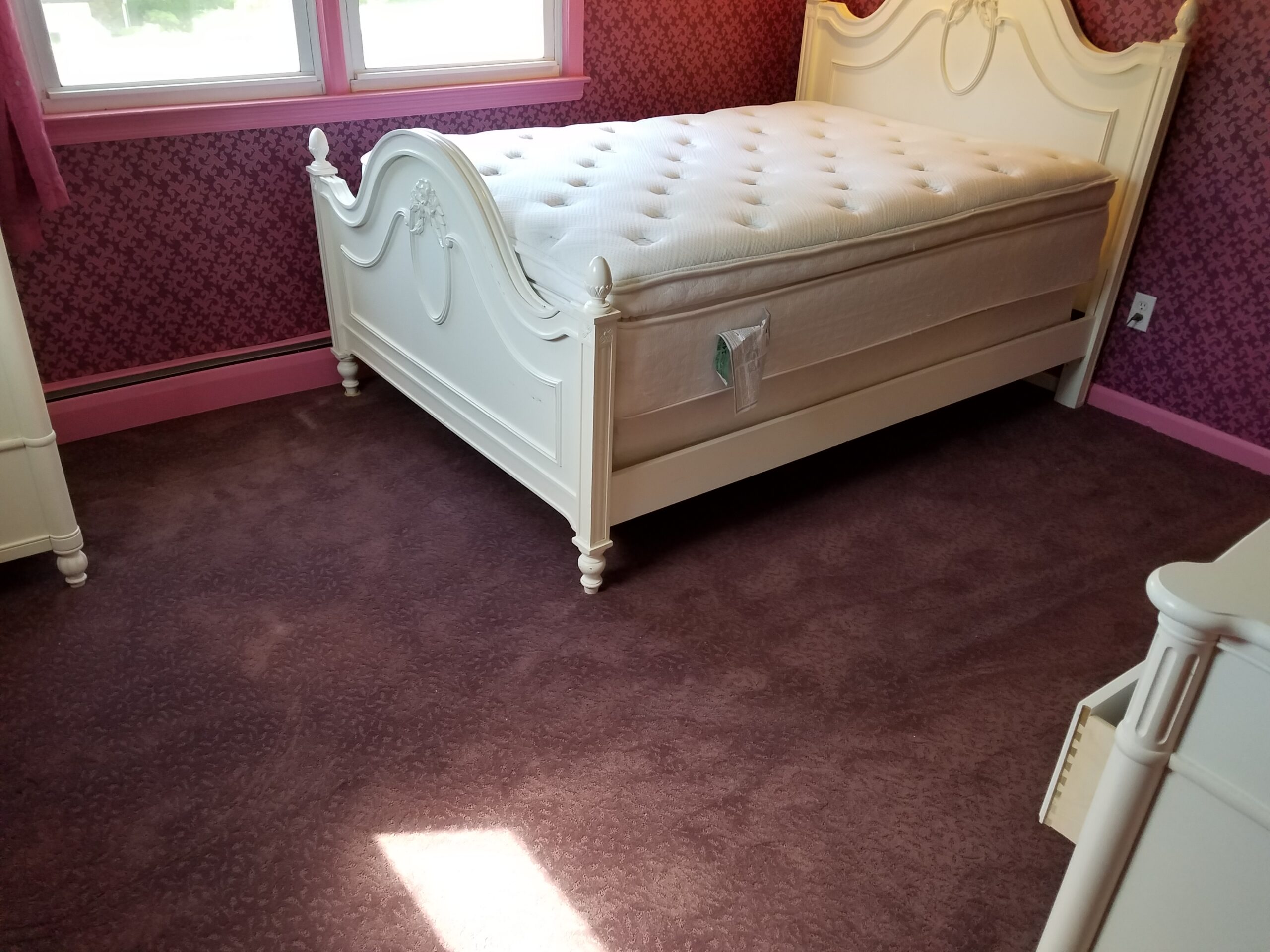Pros
The primary advantage to cut and loop style is the appearance. Cut and loop patterns provide nice texture and visual interest to a carpet, and are a matter of personal preference―some people prefer it, some don’t.
As many of today’s design trends rely heavily on texture, cut and loop styles fit in nicely with contemporary décor.


Cons
The biggest disadvantage to this style of carpet is that it tends to produce a worn-out look, even when the carpet is performing as it should. This is caused by the longer cut fibers bending or blooming (untwisting) over top of the shorter looped fibers, effectively hiding the looped fibers.
Regardless of the length of the cut fibers, it is the nature of any fiber to move, bend or flatten. It is less obvious in a cut pile carpet such as a Saxony, where all of the fibers are cut and move together and are supported by neighboring fibers. In a cut and loop, there is a gap in the cut fibers (where the loops exist) so it is much more obvious when the cut fibers lean. This can cause the carpet to look as though it has worn down.
Another drawback to cut and loops are the cost. In general, most cut and loops tend to be more expensive than Berbers, Saxonies or friezes of comparable quality and fiber type, due to the added intricacy of creating the patterns.



